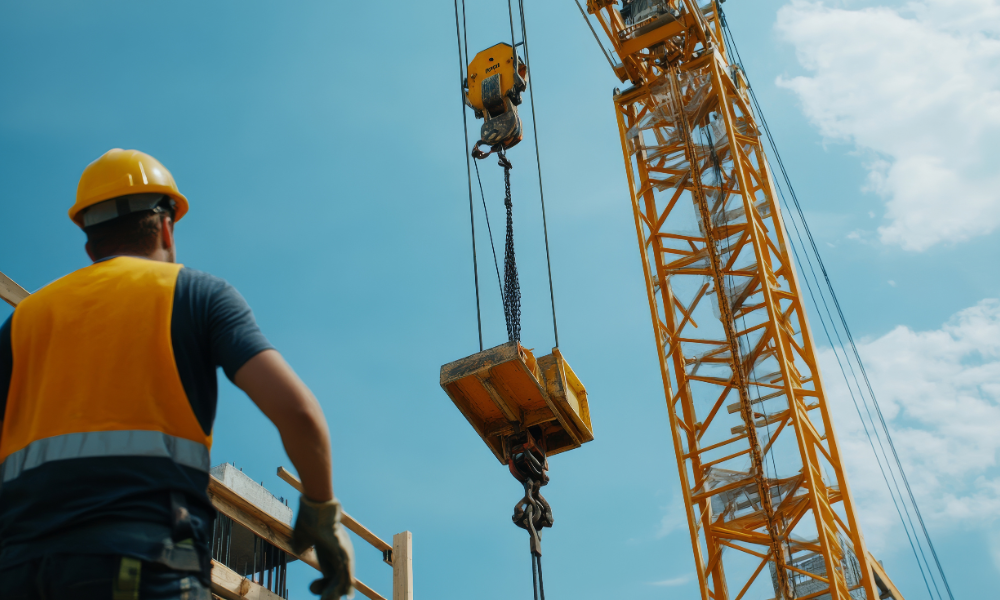But concerted effort is needed with everyone working together

The occupational health and safety profession continues its path towards being recognized as a true profession. Right now, in Canada there are only a few true professionals, such as engineers, architects, physician, and a few others who work within defined and well described spaces. They enjoy the protection and liberties only afforded “true professionals.” They enjoy the title protection and protection of their scope of practice. This legislated protection of title and scope of practice is the domain and purview of provincial governments. It is only at the provincial level that this formal recognition can be achieved. Occupational health and safety professionals do not yet enjoy these same protections or liberties. Occupational health and safety remains a mere “quasi-profession.” We need to work hard to change this. We need to work together to seek “full profession” status in Canada, working province-by-province and territory-by-territory to achieve true professional status.
Currently, there is intense focus in Alberta on moving occupational health and safety towards fully legislated recognition of the profession. The Alberta Society of Health and Safety Professionals (ASHSP) was formed a couple of years ago with the express purpose of seeking legislated title protection and scope of practice protection for occupational health and safety professionals in Alberta. The stated goal of the ASHSP is to obtain “registered association” status under the Alberta Professional and Occupational Associations Registration Act and, thereby, becoming the self-regulating body for the OHS profession in Alberta. They have now achieved registration and their mandate is broad and inclusive of safety professionals, occupational hygienists, and other allied health and safety professionals.
There is growing support for an initiative that will result in legislated recognition of the profession.
The Canadian Registration Board of Occupational Hygienists (CRBOH) supports the ASHSP initiative of “establishing the occupational health and safety (OHS) professions operating in Alberta as fully recognized professions protected and regulated by law.”
CRBOH believes that competent safety professionals and occupational hygiene professionals play an essential role in reducing occupational illness and injury in the workplace. Working together to protect the health and safety of Albertans is what is needed now to improve working conditions and reduce needless injury and illness. CRBOH believes that the public interest in Alberta would be protected by regulating the health and safety profession, including the distinct profession of Occupational Hygiene, as provided through the goal, mission and objectives of the ASHSP. CRBOH agrees that regulated certification is needed in order to assure the public that those who practice in this vital area are competent to do so.
The Canadian Society of Safety Engineering (CSSE) is also exploring mechanisms for its members and others to achieve title protection and scope of practice protection. CSSE is a Canada-wide membership organization and through its many initiatives and activities seeks to shape the safety profession in Canada by working with its members and partners. The CSSE is working with the Board of Canadian Registered Safety Professionals (BCRSP) on this initiative. The BCRSP is a certification organization for safety professionals in Canada. These two groups have been in discussions about formalizing the pathway for safety professionals to gain title protection and scope of practice protection. The CSSE and BCRSP are aiming high and hoping to ensure legislative recognition of the profession reaches a Canada-wide audience. Over the last couple of years, they have held meetings and joint workshops to explore the opportunities that may exist around elevating the profile and the professionalism of the profession and how the various stakeholders can work together to define and promote the profession. There remains strong interest by these groups and a willingness to continue working hard at this.
If Alberta is going to continue to be the hot bed of activity, I would argue that a concerted effort is needed with everyone working together and this needs to include opening appropriate channels of communication and consultation between ASHSP, CRBOH, CSSE, BCRSP, and the Association of Professional Engineers and Geophysicists of Alberta (APEGA). Under APEGA, Professional Engineers in Alberta have enjoyed legislative protection of title and scope practice for decades.
Their exclusive scope of practice is very broad and says that the practice of engineering means “reporting on, advising on, evaluating, designing, preparing plans and specifications for or directing the construction, technical inspection, maintenance or operation of any structure, work or process that is aimed at the discovery, development or utilization of matter, materials or energy or in any other way designed for the use and convenience of humans, and that requires in that reporting, advising, evaluating, designing, preparation or direction the professional application of the principles of mathematics, chemistry, physics or any related applied subject.”
The way I read this definition, the practice of engineering includes everything that an occupational health and safety professional does, including the work of Registered Occupational Hygienists (ROHs), Canadian Registered Safety Professional (CRSPs), Canadian Registered Safety Technician (CRSTs), National Construction Safety Officers (NCSOs), and Canadian Certified Professional Ergonomists (CCPEs) and other occupational health and safety professionals. We need to be aware if we do not carefully define our space and exclusive scope of practice, the Professional Engineers may just reclaim it for themselves. Action is required sooner rather than later. OHS professionals need to get to work with the educational institutions, the certification organizations, the trade associations and others to define the space of OHS professional work and articulate the body of knowledge held by OHS professionals to entitle them to the recognition of their scope of practice so it may be protected in legislation. Co-operation, I think, will be key with everyone leaving their egos at home and coming to the table to discuss a collective path forward to the benefit of the profession, all OHS practitioners, and our society at large.
It seems that for now there is a concentrated effort to move things forward in Alberta first and the rest of Canada thereafter. There is recognition by the ASHSP, CRBOH, CSSE, BCRSP and others that establishing “occupational health and safety” as a fully recognized profession within Alberta and then the various other provincial or territorial legislative bodies is not a quick or easy undertaking. It will require Canada’s OHS leaders to agree on the value of doing so. Once full agreement is reached the next steps will include collaboratively defining the process and begin the journey towards the recognition of occupational health safety as a full profession.
There is some urgency that we work together and move this forward. As an OHS professional, you need to send a message to your professional organization that full professional status is required and desired. If we do not rally together, the Professional Engineers may make it their business to argue that “safety engineering” and the remainder of OHS practice in its entirety might be best left to the engineers.






